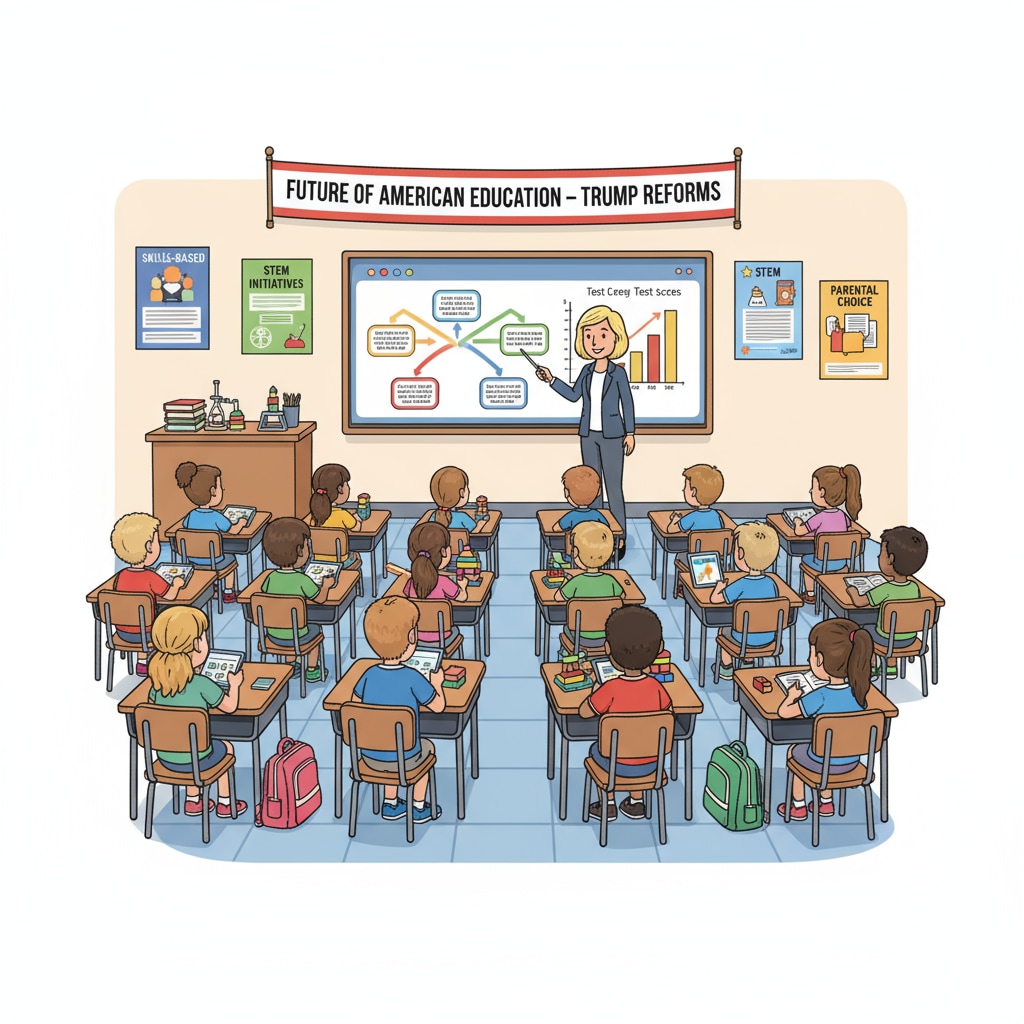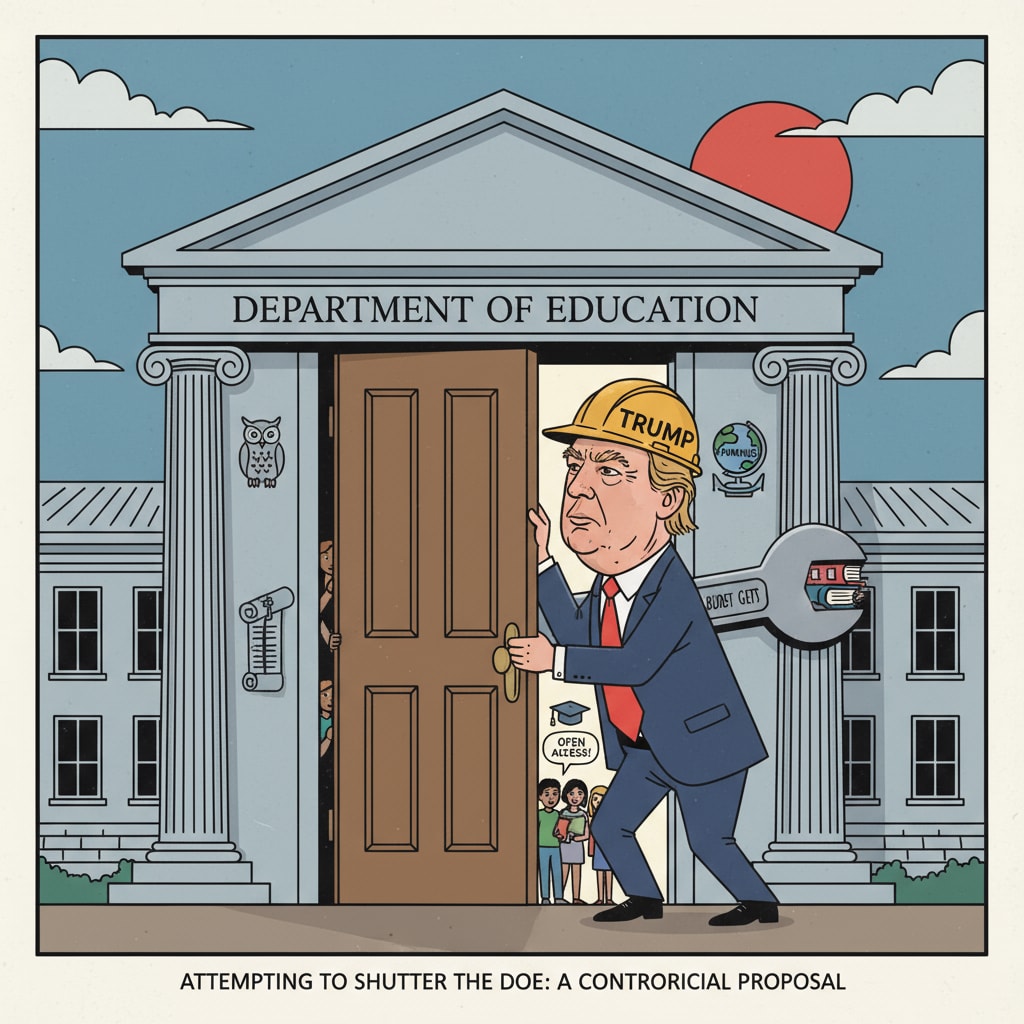The Trump administration brought about significant changes in the US education system, especially in its efforts related to the Department of Education and the remodeling of the K-12 education system. These initiatives aimed to reshape the educational landscape in the United States.

Conservative Educational Visions behind the Reforms
The Trump administration’s education policies were often underpinned by conservative educational ideas. These ideas emphasized local control over education rather than a centralized approach by the federal government. For example, there was a push to give more power to states and local school districts in making educational decisions. This was in line with the belief that those closest to the students, such as parents and local educators, could better understand the needs of the community and tailor educational programs accordingly. As a result, the role of the federal Department of Education was seen as something that needed to be reined in. Conservative education reform on Wikipedia
The Controversial Move to Close the Department of Education
One of the most debated initiatives was the attempt to close the Department of Education through executive orders. Supporters of this move argued that it would reduce bureaucracy and give more freedom to states in education. However, critics were concerned that it would lead to a lack of oversight and support for important educational programs. Without a centralized department, there was a fear that some states might cut funding for disadvantaged students or neglect certain educational needs.

For instance, programs aimed at providing equal educational opportunities for minority students might be at risk. United States Department of Education on Britannica
Another aspect of the education system remodeling was the focus on K-12 education. The Trump administration introduced policies to promote school choice, which included vouchers and charter schools. The idea was to give parents more options in choosing the best educational environment for their children. This was seen as a way to increase competition among schools and potentially improve the overall quality of education. However, opponents pointed out that these policies could lead to the siphoning of resources from public schools, which are the backbone of the K-12 system in the US.
In conclusion, the Trump administration’s actions regarding the Department of Education and the remodeling of the K-12 education system left a lasting impact. Whether these changes will lead to a more effective and equitable education system remains to be seen. The debates and discussions sparked by these initiatives will continue to shape the future of education in the United States. Readability guidance: The article uses short paragraphs to clearly present different aspects of the Trump administration’s education reforms. Each H2 section provides key points about the reforms, and transition words like ‘however’ and ‘for example’ are used to make the flow smooth.


